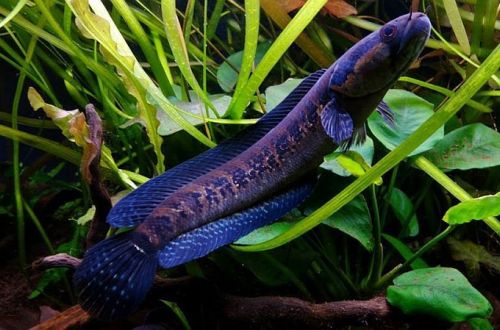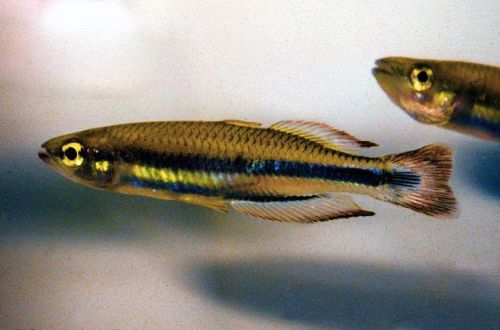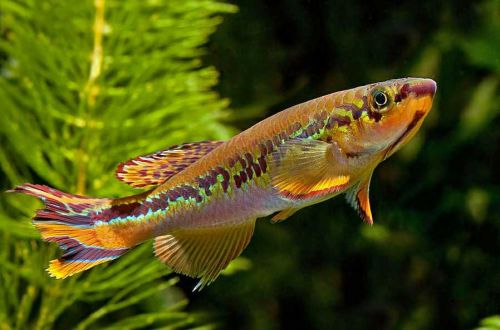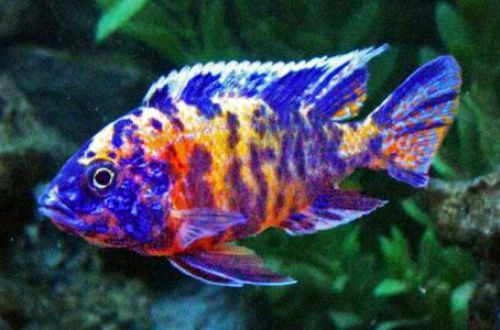
Aulonokara multicolor
Aulonokara multicolor, English trade name Orange blotched (OB) Peacock cichlid. It is a hybrid obtained during the selection of several species of Aulonokara and artificial crossing with females of spotted forms of Mbuna cichlids.

Contents
Description
Males have a variegated bright body color with yellow, orange, red, blue, black spots. The colors can be very diverse, while each fish will have a unique inimitable body pattern. Females have similar patterns, but are noticeably paler in color. The sizes of adults are determined by the specific species that participated in the selection and vary from 12 to 17 cm or more.
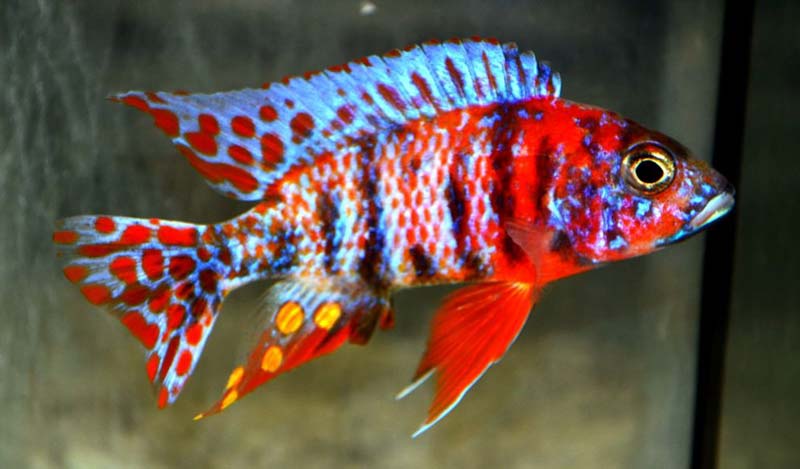
Brief information:
- The volume of the aquarium – from 250 liters.
- Temperature – 25-29°C
- Value pH — 7.6–9.0
- Water hardness – medium to high hardness (10-25 dGH)
- Substrate type – sandy
- Lighting – moderate
- Brackish water – no
- Water movement is weak
- The size of the fish is up to 17 cm.
- Food – any sinking variety of food
- Temperament – conditionally peaceful
- Keeping in a harem with one male and several females
Maintenance and care, arrangement of the aquarium
Content requirements are similar to other types of Aulonokar. A group of 3-5 fish will require a tank of 250-300 liters. The design is simple and includes sand, gravel or mixed soil with heaps of stones. The latter are used to form caves and grottoes that will become a hiding place and/or the center of a dominant male’s territory.
Aquatic plants are not a mandatory design element. If desired, it is permissible to place several unpretentious species with a branched root system that can grow in an alkaline environment. It is worth remembering that fish tend to uproot plants from the ground, often damaging them.
Maintaining a water chemistry with high pH and dGH values is key for long-term maintenance.
Maintenance of an aquarium depends on its technical equipment. In most cases, the aquarist will need to carry out at least two procedures – replacing the water with fresh water and removing organic waste (food leftovers, excrement). Both procedures are usually combined and carried out once a week,
Food
The daily diet should consist of a large number of protein components with some herbal supplements. A good choice would be special food for Aulonokar, produced by many manufacturers in the form of flakes and granules. Live or frozen brine shrimp, bloodworms, daphnia and similar products can be used as a supplement.
Behavior and Compatibility
Although the multicolored Aulonokara has the genes of the Mbuna cichlids, which are characterized by an aggressive disposition, she still retained the behavioral pattern of her direct ancestors. It is considered a relatively peaceful fish if kept in a spacious, not overcrowded aquarium. Compatible with other relatives, representatives of the Utaka cichlid group and other fish that can tolerate an alkaline environment. Large tanks from 1000 liters can be mixed with Mbuna.
In small aquariums, it is desirable to limit the number of males, since in a limited space they begin to show excessive hostility towards each other.
Breeding / breeding
Breeding occurs similarly to other representatives of the genus. With the onset of the breeding season, the male begins active courtship. Sometimes they are too active, therefore, in order to dispel his attention, it is recommended to keep 4-6 females in the company.
Females store fertilized eggs in their mouths for protection. The incubation period lasts 2-3 weeks. This is the most vulnerable period. If they are attacked by other inhabitants of the aquarium, in particular the male, they will not be able to bear offspring.
Being a hybrid, Aulonokara multicolor can interbreed with other members of the genus, which will lead to a deterioration in the color characteristics of the population.
Fish diseases
The main threat to the health of fish is inappropriate conditions of detention. Poor nutrition, injury, low pH and dGH values provoke the manifestation of this or that disease. If the first symptoms appear, it is necessary to check the hydrochemical composition of the water and the presence of dangerous concentrations of nitrogen cycle products. Often, the elimination of external causes leads to recovery. If symptoms persist, medical treatment will be required. Read more in the section “Diseases of aquarium fish”.



